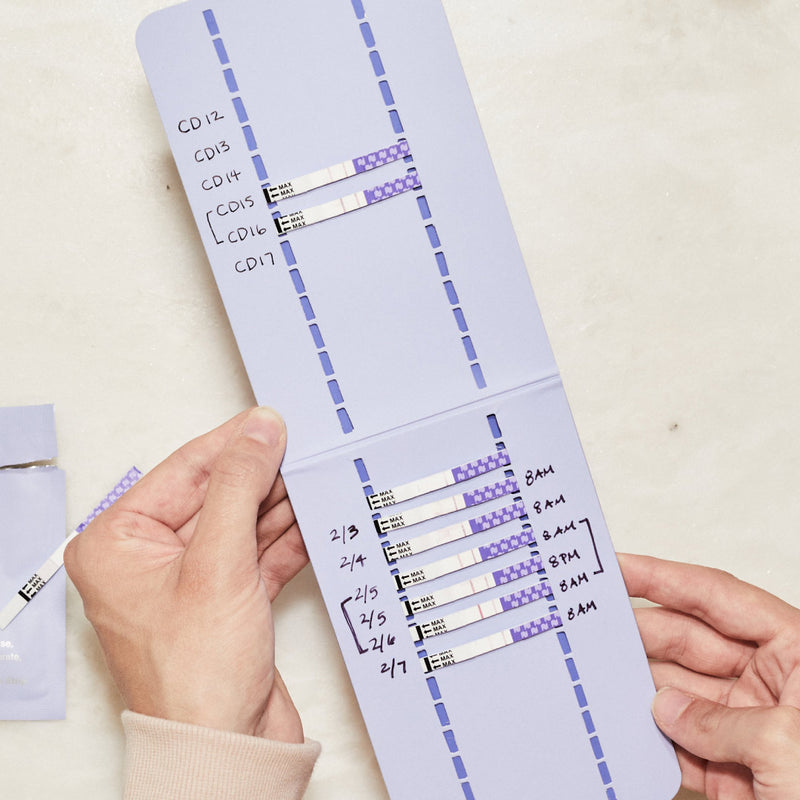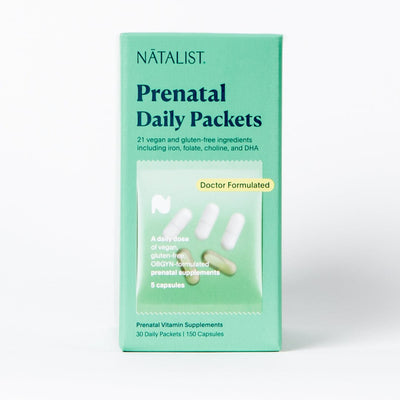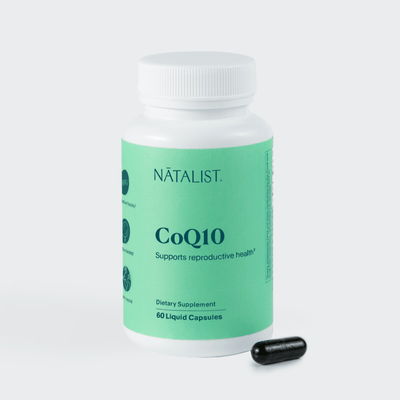The Real Cost of Digital Pregnancy Tests

Did you know that digital ovulation and pregnancy tests actually contain a small computer? Those screens may be easy to read, but they leave a lasting impact on the environment.
By Natalist CEO Vernita Brown
We’ve already debunked the myth that digital pregnancy tests are more accurate, or somehow better (they’re not!). They are actually the same when you open them up and look inside. So, how do they differ in terms of sustainability?
Digital tests = electronic waste
Digital at-home ovulation and pregnancy tests are especially harmful to the environment because they are disposable products that contain tiny computers. This means that when they are thrown out, they become electronic waste (e-waste).
E-waste refers to discarded electronic products, which can release toxic chemicals like arsenic, cadmium, chromium, mercury, and lead into the air, soil and water. E-waste contributes to 70% of America’s toxic waste, and the small fraction that is recycled still poses a threat to workers and local communities. While there are ways to recycle e-waste, only 20% of recoverable materials were properly recycled in 2016, meaning tons of discarded electronics were still left in landfills.

Impact on the environment
You may know that we have a bit of a global warming problem, and plastic waste certainly doesn’t help. The world’s annual 100 million tonnes of produced plastic is clogging landfills and creating greenhouse gas emissions. On top of that, the oceans are suffering from plastic pollution too. 50% of plastic produced is single-use plastic that ends up getting dumped in the ocean, contaminating ecosystems and making its way into the food we eat. While there are ways to recycle e-waste, only 20% of recoverable materials were properly recycled in 2016, meaning tonnes of discarded electronics were still left in landfills.
Digital at-home pregnancy tests include more plastic than analog tests, since they have to accommodate for large electronics and batteries.
Digital tests also contain computers that turn into e-waste when discarded. E-waste clogs up landfills, and the hazardous chemicals found in devices like computers, TVs, microwaves, and more seep into the surrounding soil, water, and air.
In effort to help combat this waste problem, all Natalist products, including our analog ovulation and pregnancy tests, are certified plastic neutral. This means that for every pound of plastic that we produce, one pound of plastic is removed from the environment.
Impact on public health
Not only is e-waste harmful to the environment, but it can drastically affect local communities as well. One study found that populations living near e-waste experienced:
- Changes in thyroid function
- Decreased lung function
- DNA damage
- Adverse reproductive effects such as stillbirths, premature births, and reduced birth weights
It’s also important to note that when e-waste is recycled, it’s often exported to other countries, where workers don’t have the appropriate equipment to protect themselves from toxic chemicals. This puts many communities and families at risk of developing negative side effects.
Test accuracy
Both digital and analog (more commonly known as “regular”) at-home pregnancy tests use the same kind of test strip to measure the pregnancy hormone, hCG (human chorionic gonadotropin), in your urine. If hCG is present at a significant level, then the test will be positive. For “regular” analog tests, this means two lines will show up in the test window. For digital tests, the same two lines appear on the inside of your test, but a LCD screen will display text for you instead. While this can be helpful for the visually impaired, it’s not a necessary feature. If you can do without the smiley face, you can do your part to reduce the amount of e-waste flowing into our landfills. You can even ditch the casing with pregnancy test strips.

Take-aways
- Digital pregnancy tests produce harmful e-waste that can contaminate the environment and have a negative impact on public health.
- Digital and analog pregnancy tests work the exact same way by measuring hCG, a hormone in your urine.
- Natalist at-home pregnancy tests are highly sensitive, 100% plastic neutral, and produce no electronic waste, so you can make earth-friendlier choices on your path to parenthood.
















